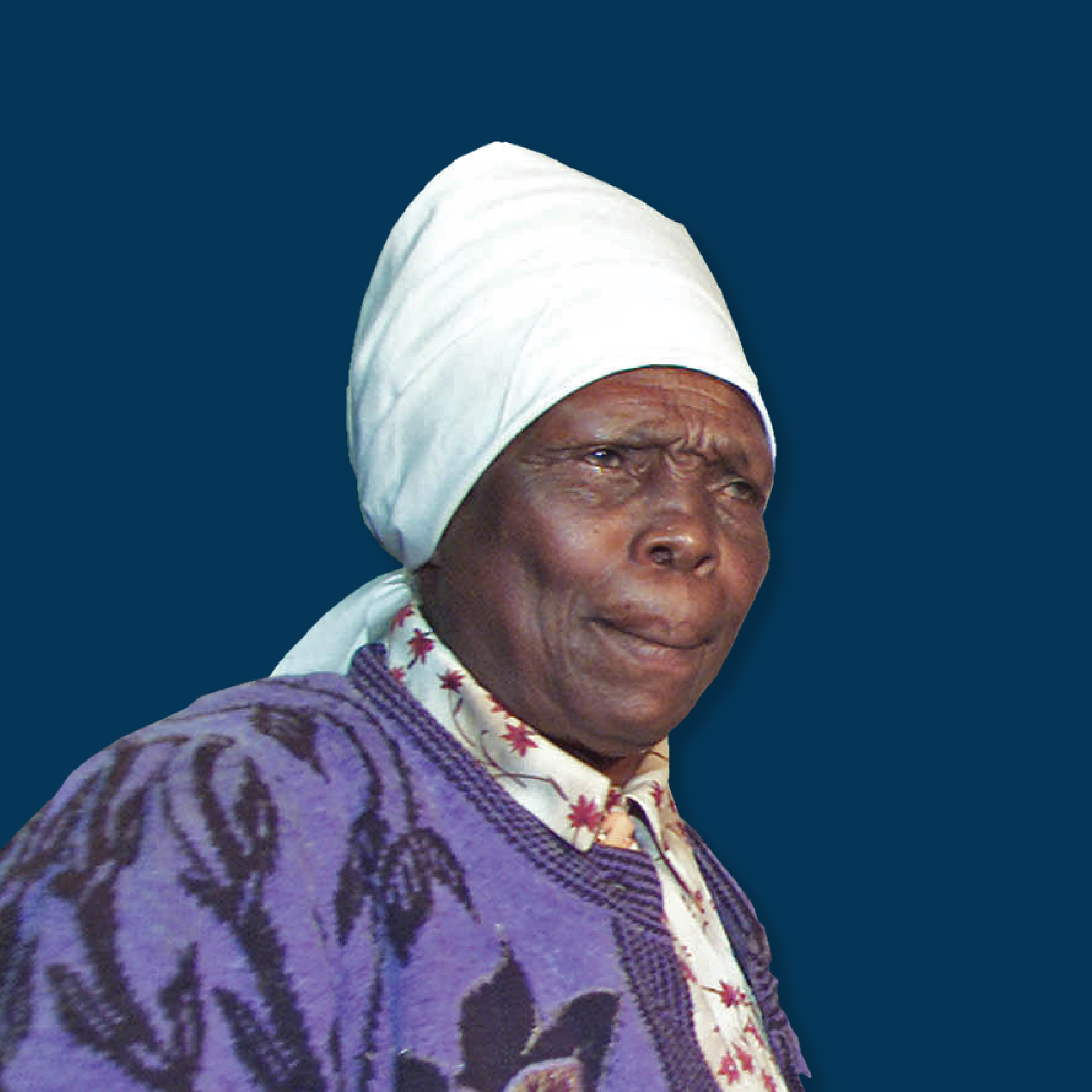It is tragic that Mukami Kimathi, Dedan Kimathi’s widow, died last week aged 96 without knowing her husband’s grave. For the last 66 years of her life, Mukami longed to give her husband a decent burial, a wish that she couldn’t fulfil because the freedom fighter’s rumoured burial site at Kamiti Maximum Security Prison remains a mystery to this day.
Dedan Kimathi is said to have been secretly buried within the prison after he was executed by hanging by the British on 18 February 1957. On Jamhuri Day last year, Mukami told a local newspaper that all she wanted before she died was to give her husband a proper burial. She appealed to both President William Ruto and King Charles to help her in this endeavour. But like their predecessors, they too chose to ignore her request.
Many believe that the secrecy surrounding Dedan Kimathi’s burial site is part of a larger conspiracy by both the British and Kenyan governments to erase memories of the Mau Mau and its leaders from Kenyans’ minds. This is why the Mau Mau remained a proscribed organisation for four decades after independence. Under the Jomo Kenyatta and Daniel arap Moi regimes, Kenyans spoke about the Mau Mau, including Dedan Kimathi, in hushed tones.
In fact, in 1990, when Nelson Mandela visited Kenya five months after his release from prison in South Africa, Mandela was surprised that Mukami Kimathi was not among the people invited to meet him. When he asked Moi whether he could visit Dedan Kimathi’s grave, the request was met with awkward silence. Moi did not have the courage to tell the future South African president that there was no grave to visit and that the Mau Mau was banned in the country.
It was only in 2003, when Mwai Kibaki became president, that the Mau Mau were recognised for the role they had played in Kenya’s struggle for independence. Kenyatta Day, on 20 October, was renamed Mashujaa Day (Heroes Day) to commemorate all those who died while fighting for freedom. In 2007, a statue of Dedan Kimathi was erected on Kimathi Street in Nairobi’s central business district, and in 2015, following the 2013 UK court decision to compensate Mau Mau veterans, the British government put up a Mau Mau memorial sculpture in Nairobi’s Uhuru Park “as a symbol of reconciliation between the British government, the Mau Mau and all those who suffered”.
It is worth noting that the atrocities committed by British colonial officers stationed in Kenya were not fully documented until the Harvard historian Caroline Elkins published her book, Britain’s Gulag: The Brutal End of Empire in Kenya, in 2005. Elkins recorded the many crimes that the British committed in Kenya in the name of the British Empire. In the 1950s, Mau Mau fighters and their supporters were subjected to extreme forms of torture, including castration, rape, whipping, waterboarding and electric shocks.
The Mau Mau rebellion was a reaction to the expropriation of some 7 million acres of the most fertile land in Central Kenya and the Rift Valley – dubbed the White Highlands – in the early part of the 20th century. Indigenous populations were pushed into so-called ‘reserves’ while others became squatters on land that was once theirs, working for white farmers for minimal wages.
Post-independence Kenyan elites benefited from colonial policies that alienated Africans from their own land and became the biggest beneficiaries of post-independence land grabs disguised as land redistribution or adjudication. According to Kenya’s 2013 Truth, Justice and Reconciliation Commission report (whose recommendations are yet to be implemented), “Rich businessmen and businesswomen, rich and powerful politicians who were loyal to the colonial administration, managed to acquire thousands of acres at the expense of the poor and the landless.” Hence, “instead of redressing land-related injustices perpetrated by the colonialists on Africans, the resettlement process created a privileged class of African elites, leaving those who had suffered land alienation either on tiny unproductive pieces of land or landless.”
The Mau Mau thus remained the biggest threat to post-independence elites.
In 1964, a year after independence, President Jomo Kenyatta offered amnesty to former Mau Mau fighters, but many refused to take up the offer because their demands for land had not been met, despite their long and painful struggle to get their land and dignity back. The then Minister of Defence, Dr. Njoroge Mungai, subsequently described the Mau Mau as “outlaws” who must be pursued and punished. Security forces were sent to where the Mau Mau were agitating. Several Mau Mau leaders were killed.
Even today, Dedan Kimathi’s ghost continues to haunt Kenyans. However, post-independence governments have consistently failed to honour his widow’s request to find her husband’s burial site within Kamiti, despite offers in the past by several countries, including Argentina, to help the Kenyan government do this. I sincerely hope that the search for Kimathi’s grave will not end because his wife is no more. Kenyans deserve to know where their liberation hero is buried.

